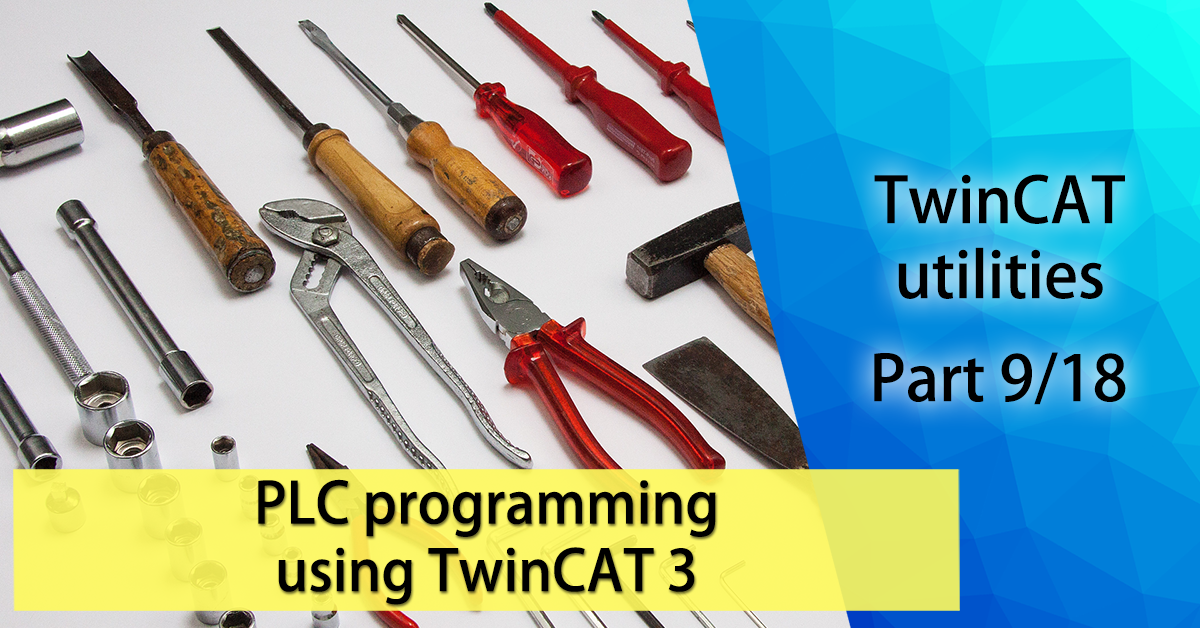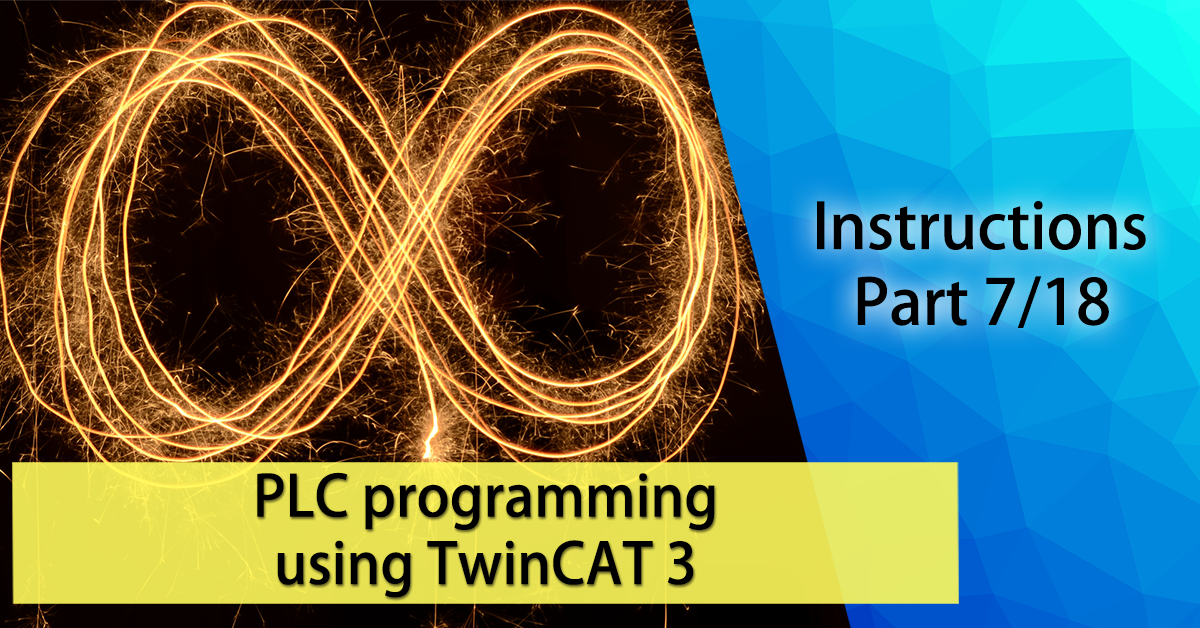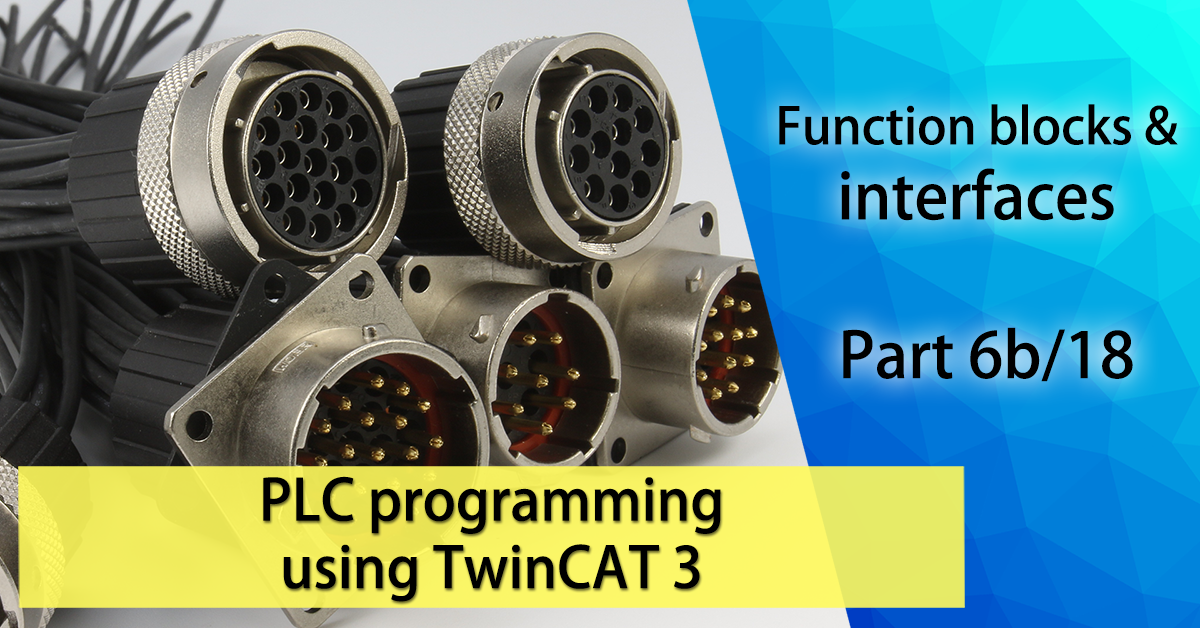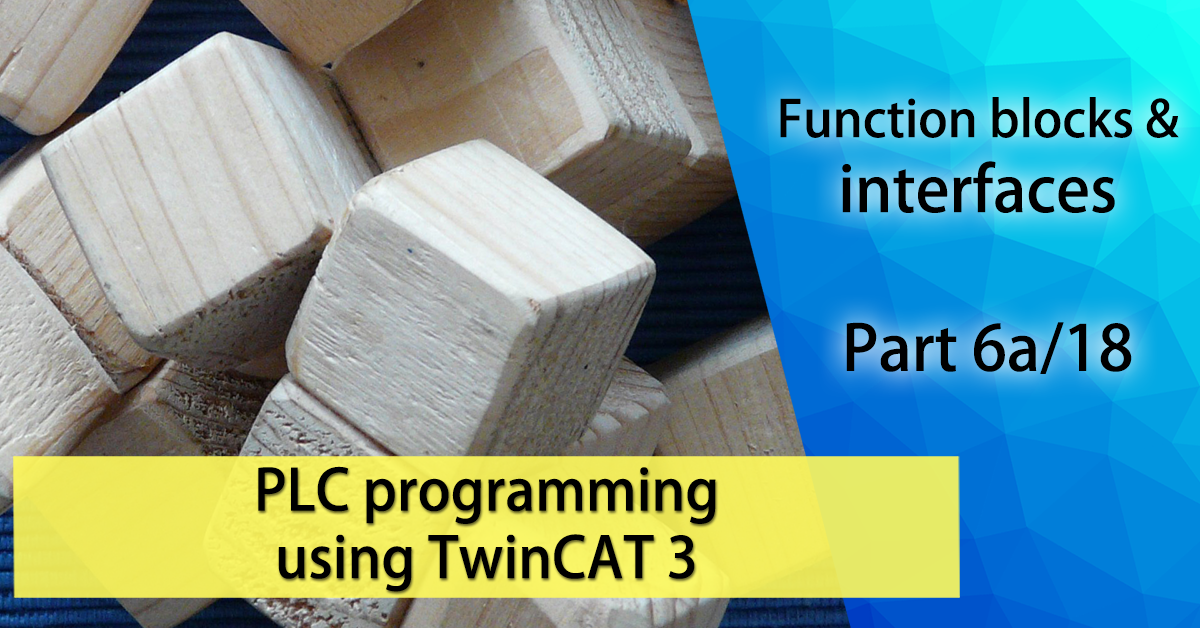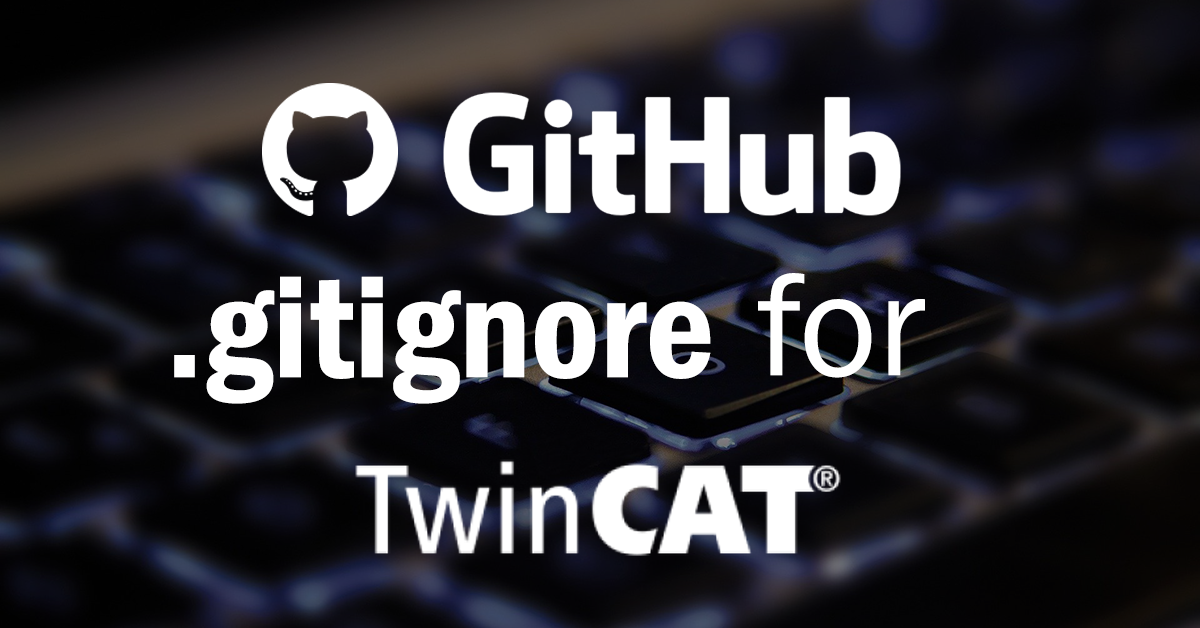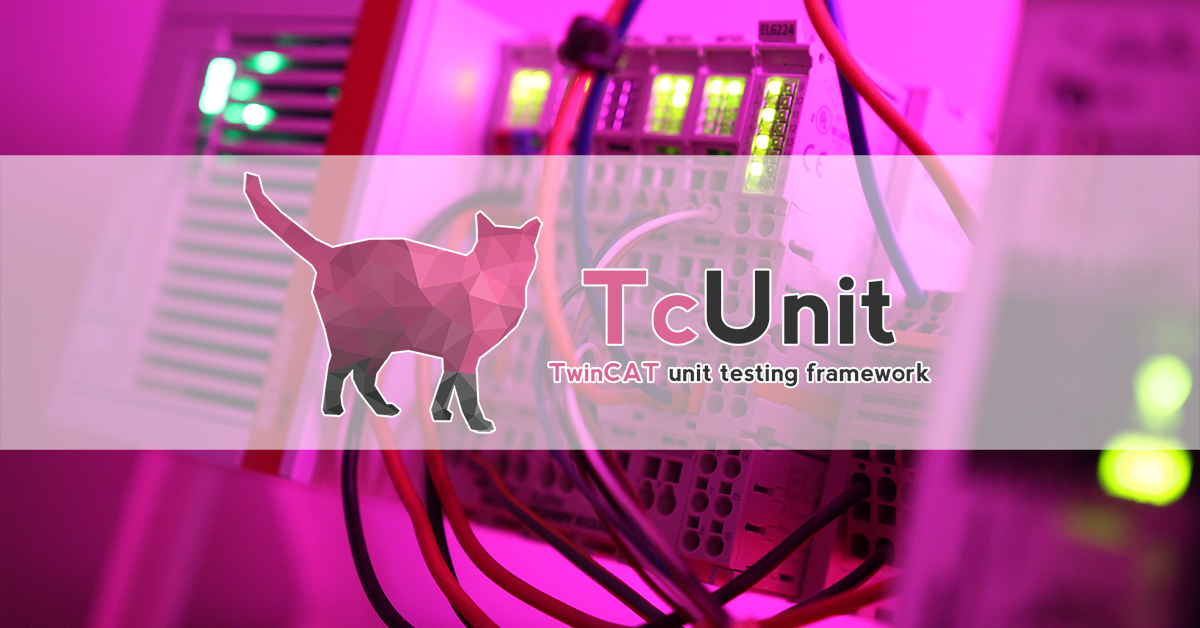Dear existing & future PLC software developers, I have published part 9 of my free PLC programming using TwinCAT 3 tutorial.
In this part we’ll learn how to use one of the most used Beckhoff libraries for various purposes. We’ll learn how to measure execution time of PLC code, how to use a FIFO buffer and how to combine the power of using a TwinCAT real-time program with an application running in user-space (Windows).
Five years celebration
Today on this day five years ago, I published my first entry on this blog. These last five years have been an amazing trip, and the number of visitors has seen a steady growth.
PLC programming using TwinCAT 3 tutorial – part 8
Dear existing & future PLC software developers, I have published part 8 of my free PLC programming using TwinCAT 3 tutorial.
As TwinCAT 3 conforms to the IEC61131-3 standard, there are certain things it has to be able to do. The Tc2_Standard library has many of the standard IEC functions such as timers and triggers, which we will look into in this part of the tutorial.
PLC programming using TwinCAT 3 tutorial – part 7
Dear existing & future PLC software developers, I have published part 7 of my free PLC programming using TwinCAT 3 tutorial.
In this part we will go back to basics of IEC 61131-3 and structured text and look into instructions. This will cover IF/ELSE, CASE-switches and FOR/WHILE-loops. We will utilize our knowledge to write a CSV (comma separate value) event logger by using a state machine.
PLC programming using TwinCAT 3 tutorial – part 6b
Dear existing & future PLC software developers, I have published part 6b of my free PLC programming using TwinCAT 3 tutorial.
In this part we will continue our journey of the object oriented features of IEC 61131-3 and look into something called interfaces. Interfaces provide a layer of abstraction so that you can write code that is ignorant of unnecessary details. Interfaces aid you in designing more modular and robust software. With interfaces it’s possible to decouple direct dependencies between objects in your software.
Making of a YouTube video
 I’m currently doing a YouTube tutorial called “PLC programming using TwinCAT 3“, which is one of the biggest hobby projects I’ve ever committed myself to. When I started with the tutorial I had a gut-feeling that it would probably take a huge amount of time to pull this one off. Initially, I guessed I would have to spend around five minutes of work for every minute of produced movie (ratio of 5:1). Now that I’ve done a couple of videos and actually clocked the time it takes all I can say is that ….boy, was I completely off with that guess! Lately I have been receiving many e-mails and messages with the question “When is the next part of the tutorial coming out?”. Instead of just providing the boring and generic answer “When it’s finished” I have decided that I will instead try to explain what it takes to do a YouTube video, and why I am not releasing a video every week.
I’m currently doing a YouTube tutorial called “PLC programming using TwinCAT 3“, which is one of the biggest hobby projects I’ve ever committed myself to. When I started with the tutorial I had a gut-feeling that it would probably take a huge amount of time to pull this one off. Initially, I guessed I would have to spend around five minutes of work for every minute of produced movie (ratio of 5:1). Now that I’ve done a couple of videos and actually clocked the time it takes all I can say is that ….boy, was I completely off with that guess! Lately I have been receiving many e-mails and messages with the question “When is the next part of the tutorial coming out?”. Instead of just providing the boring and generic answer “When it’s finished” I have decided that I will instead try to explain what it takes to do a YouTube video, and why I am not releasing a video every week.
PLC programming using TwinCAT 3 tutorial – part 6a
Dear existing & future PLC software developers, I have published part 6a of my free PLC programming using TwinCAT 3 tutorial.
In this part we will start to look into the object oriented programming parts of structured text and IEC 61131-3 called function blocks, and I think it’s here things are really starting to get fun! For those that are Java, C, C++ or just “traditional” programmers, going into the realm of function blocks is like going from C-style structures and functions, and into classes in C++. With function blocks we can go from working in a procedural style programming into objected oriented style programming.
“Official” .gitignore for TwinCAT 3 on GitHub
Almost two years after I created a pull request to include a default TwinCAT 3 .gitignore file into the official GitHub Gitignore repository, it has finally been accepted & merged into main branch. Download the file here.
You better not be in a hurry to propose changes! 😅
1000 YouTube subscribers
I have reached 1000 subscribers on YouTube! I never thought I’d get anywhere close to this huge amount of subscribers, especially not this fast! Since I published the first episodes of the “PLC programming using TwinCAT 3 tutorial” in the beginning of March on YouTube, the channel has received over 30.000 views. It seems free PLC programming tutorials are appreciated. It’s time to celebrate and answer some questions that I’ve got from you viewers!
PLCs and test driven development
The user base for TcUnit, the free open-source PLC/TwinCAT unit testing framework, has grown enormously. Current estimates are that there are over 100 installations of TcUnit worldwide. Running an open-source project has for some moments taken all my spare-time to maintain the framework, and answer all the questions from the users (I’ve added an FAQ since). The most asked-for functionality of TcUnit that was missing was the possibility to run unit tests in a sequence/in order. Up to now, all tests defined in TcUnit were running in parallel, while in many use cases it was desirable to run the tests in sequence. Thanks to several fantastic contributors from the TcUnit community on GitHub, this is now available in TcUnit starting from version 1.2.
